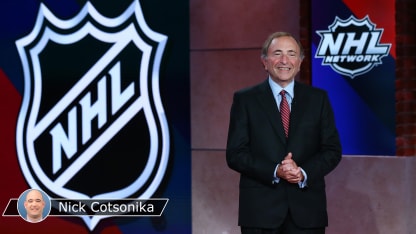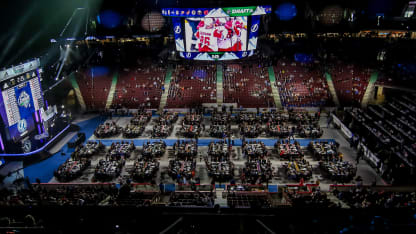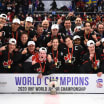Normally, the draft is the one time each year when executives, scouts and agents are in one place. They will miss the in-person interaction, which helps build relationships and facilitate trades.
Detroit Red Wings general manager Steve Yzerman recalled when he was GM of the Tampa Bay Lightning and offered the Minnesota Wild a seventh-round pick to move up one spot in the third round to No. 79 in the 2014 NHL Draft. The Wild were at the next table at Wells Fargo Center in Philadelphia, and Yzerman was able to make eye contact with counterpart Chuck Fletcher, now GM of the Philadelphia Flyers.
"I'm 10 feet away, and he's like kind of, 'Are you serious?' " Yzerman said. "And I'm like, 'Yeah.' Shrugged. And he said, 'OK, but you've got to tell me who you're picking.' And we told him."
It was a forward from Moose Jaw of the Western Hockey League by the name of Brayden Point, who led the NHL with 14 goals this postseason and helped the Lightning win the Stanley Cup.
But trades will still be made. Teams have multiple phone lines and all the other forms of modern communication.
"We do a lot of our business, sadly, through text now like the rest of the world," Yzerman said with a laugh. "A quick text here or there. Hopefully you send it to the right person."
There are advantages to teams being on their own too. Now staff members will be able to talk, display rankings and review video internally, without crowd noise and loud music, not to mention enemy eyes and ears.
"It's just a little quieter," Yzerman said. "It seems it's going to be a little less hectic. Particularly in Round 1 when the building is full and, depending on who's pick is coming up, the fans are chanting. There's a lot of buzz in the building and a lot of people around. It can be very distracting. So I kind of like this format, actually. I think it's going to work really well."




















